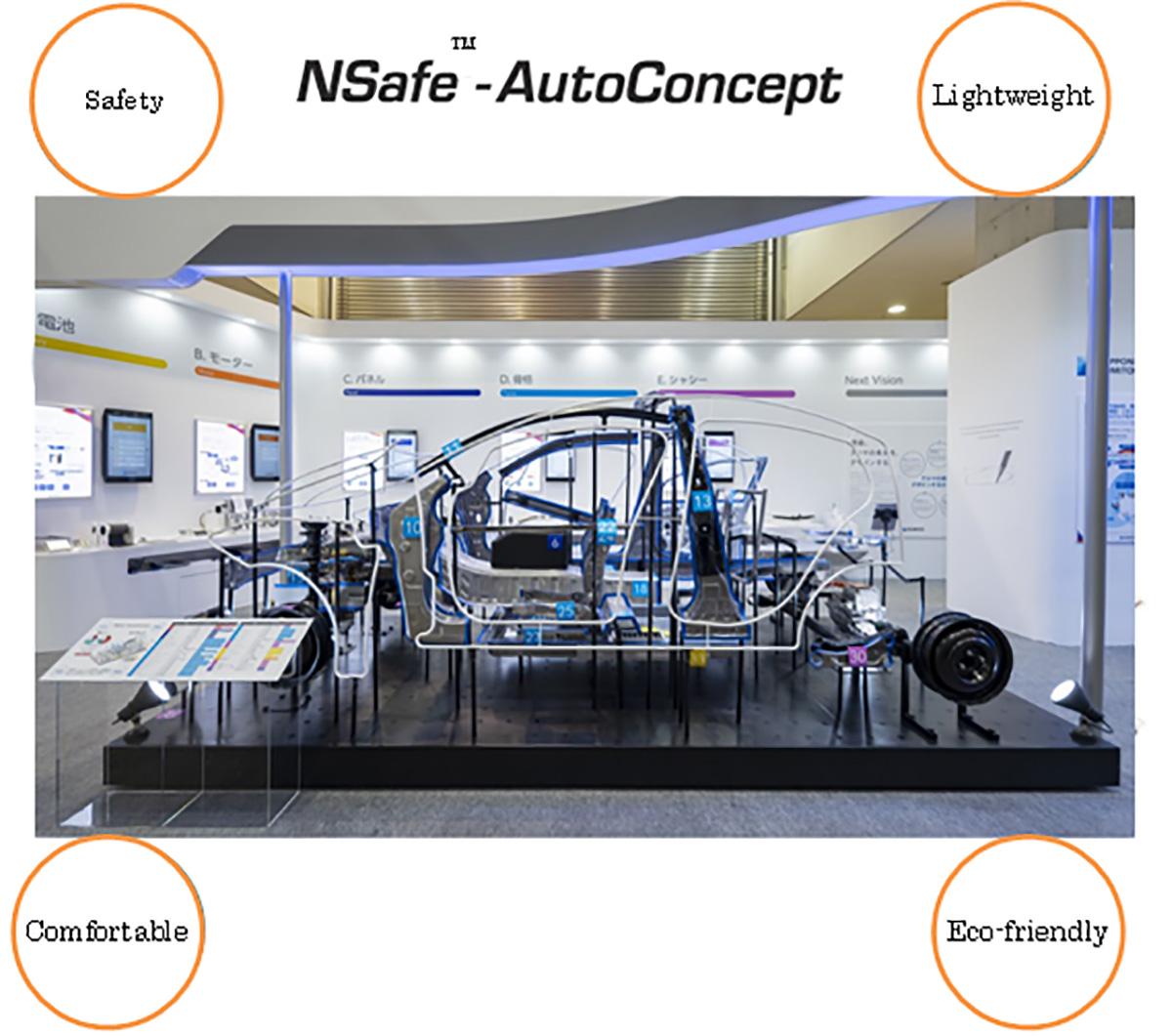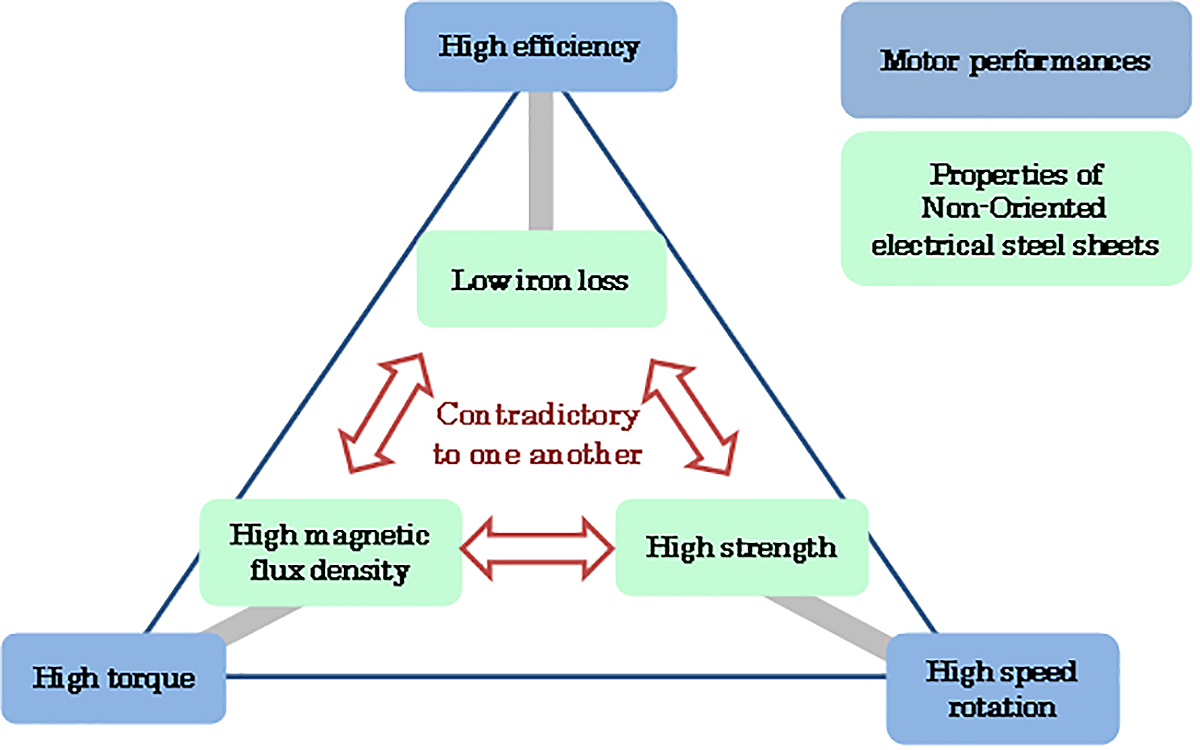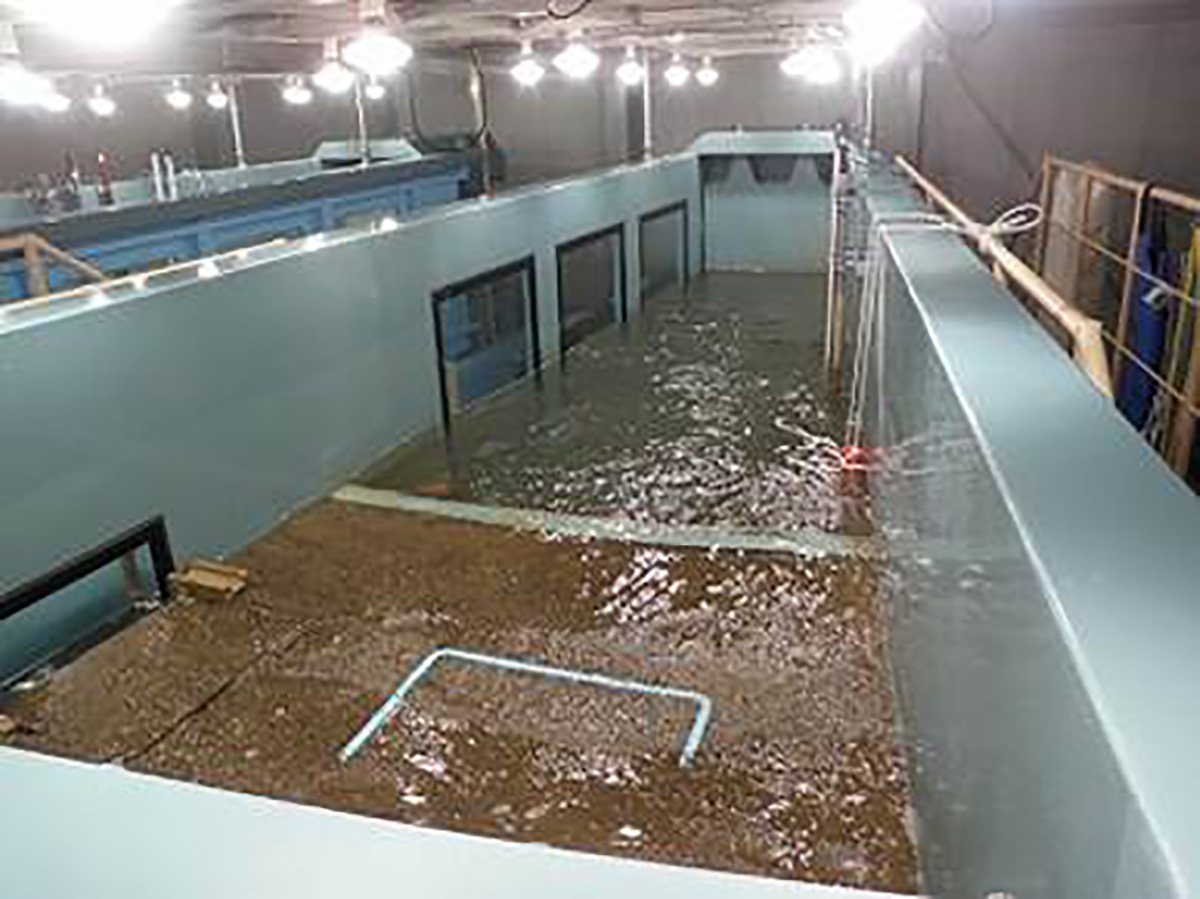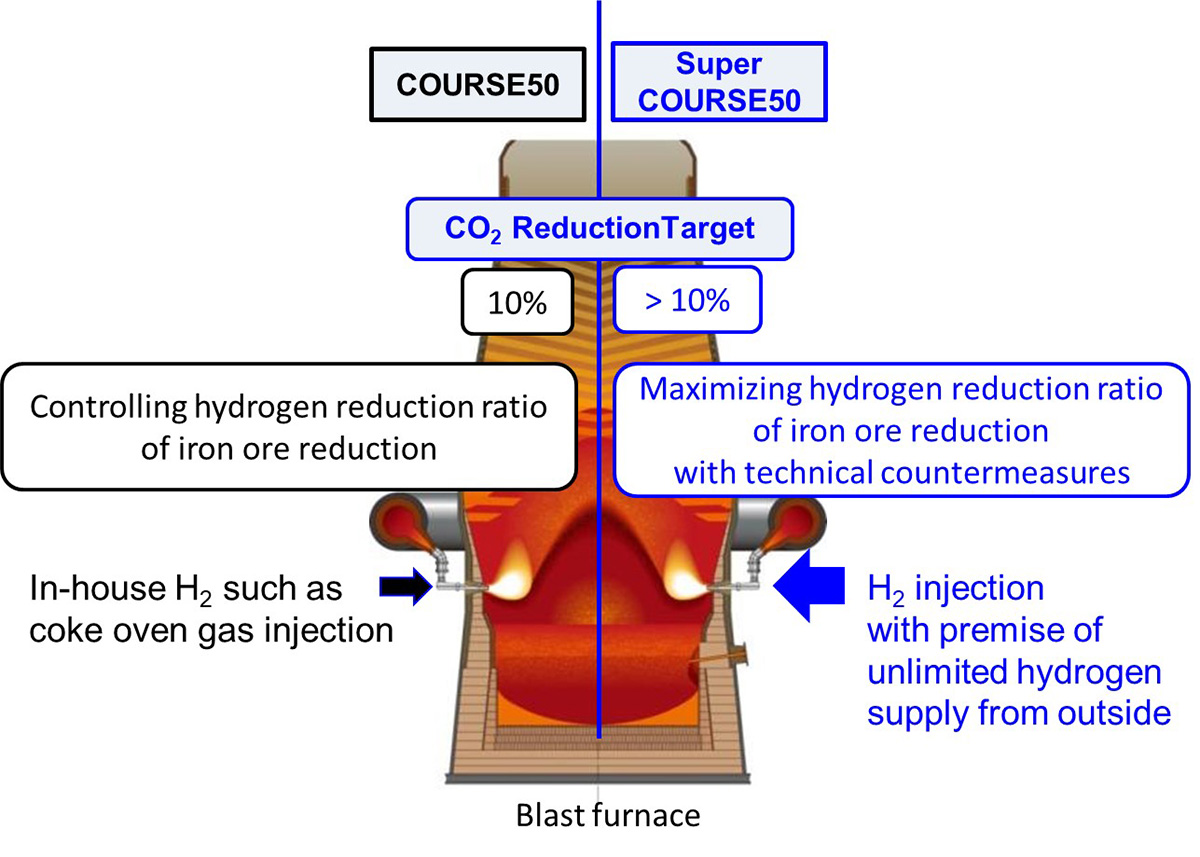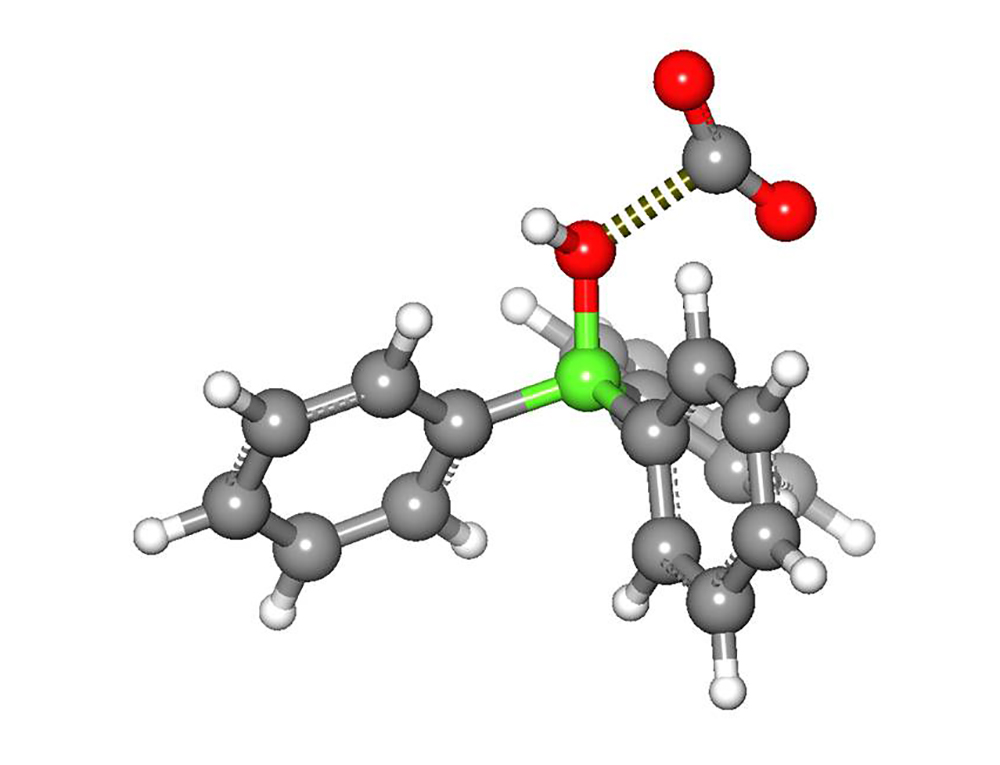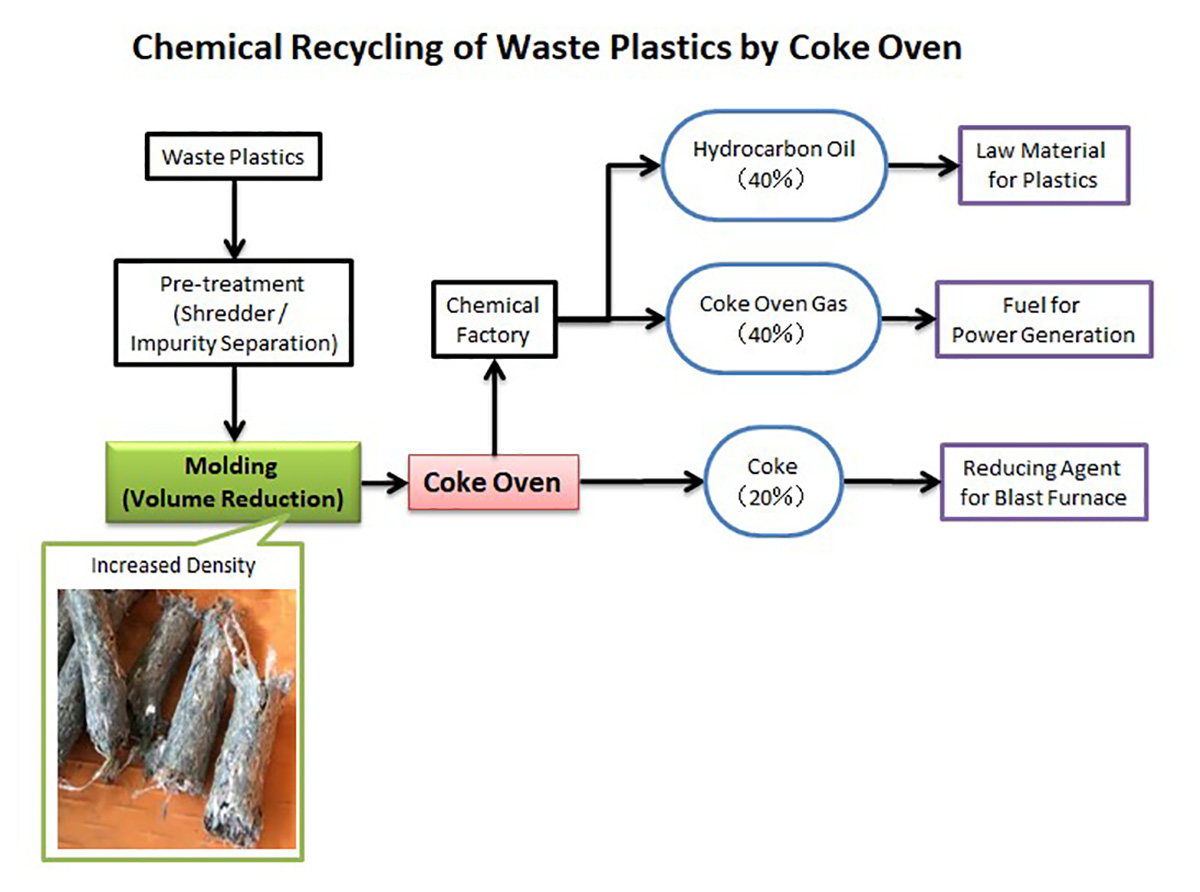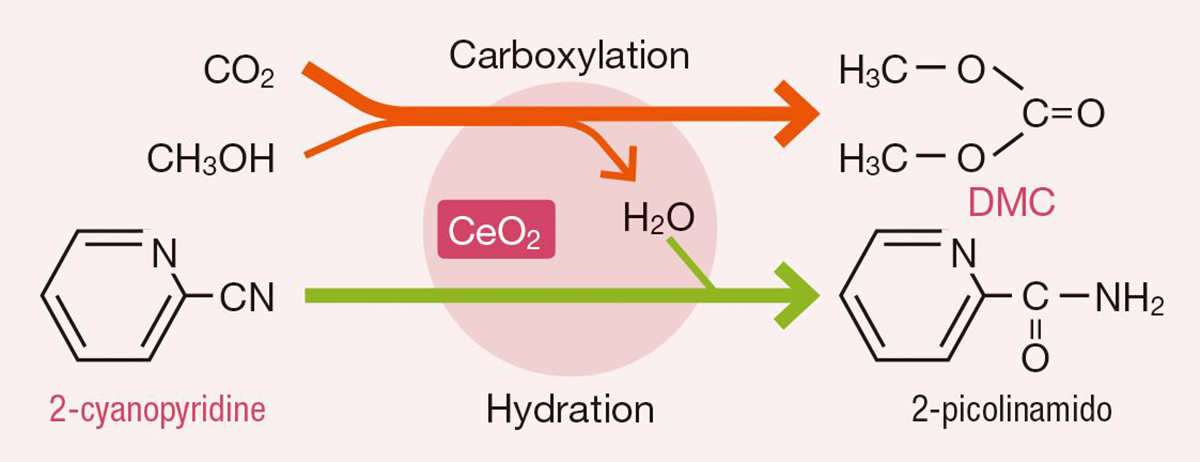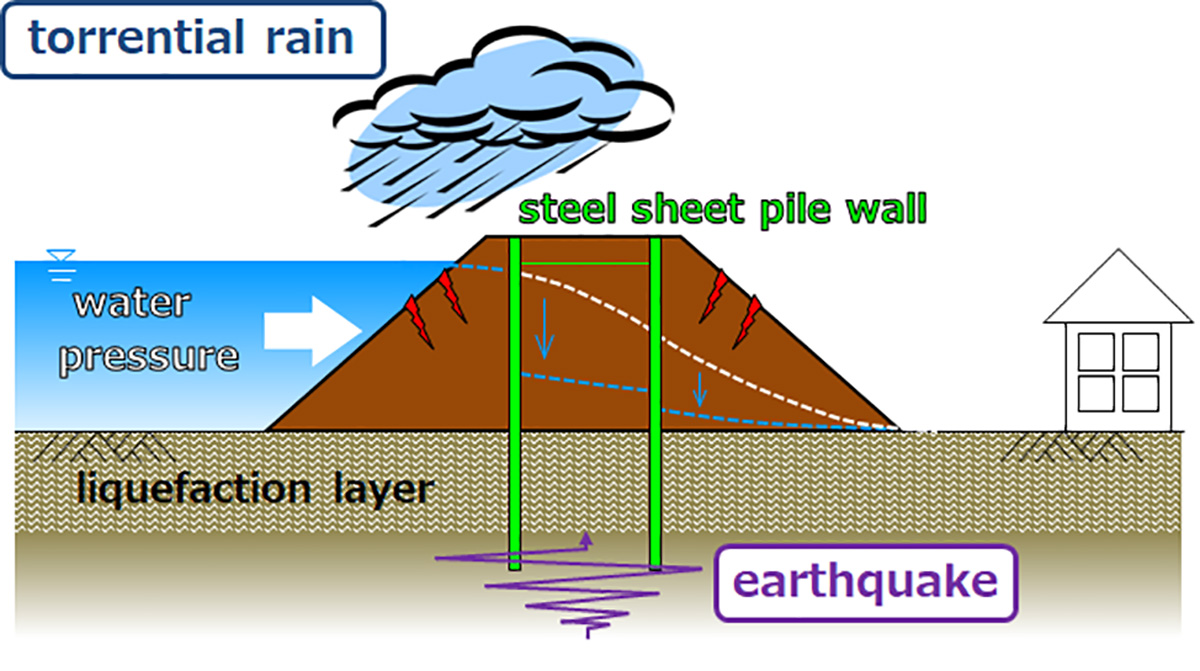Development and dissemination of Eco ProductsTM that contribute to reductions in CO2 emissions at the point of product use
(NSafeTM-AutoConcept; electrical steel sheet)
NIPPON STEEL CORPORATION
Outline
The Nippon Steel Group’s products have advanced functions and reliability, which are based on their superior technological capabilities, and are used in diverse areas including energy, transportation and construction equipment, and household products. Raising the efficiency of facilities and making products lighter or lengthening their product life has saved resources and energy and reduced CO2 emissions, thereby contributing to the lessening of environmental impact.
Prime examples include our NSafeTM-AutoConcept, which uses high-strength steel and other advanced materials and their processing technology solutions, and our highly-efficient non-oriented electrical steel sheet, which enhances energy efficiency.
These Eco ProductsTM have the potential for further enhancement of their properties and we will take up various R&D challenges and provide products and services which help minimize CO2 emissions over their entire life cycle.
Description
“NSafeTM-AutoConcept” and electrical steel sheet are presented here as examples of automotive-related Eco ProductsTM.
(1) NSafeTM-AutoConcept
1) Target to achieve in our challenge
We have proposed a new steel structure concept for next-generation vehicles which has conflicting properties of enhanced collision safety and reduced CO2 emissions as a result of weight reduction and enhanced fuel/electric efficiency. Assuming the parameters of the performance required for next-generation vehicles, we have developed the “NSafeTM-AutoConcept,” which combines solution technologies (a component structure and processing technologies to materialize that structure) that maximize the performance of materials, with the development of advanced high-strength steel sheets.
By adopting steel materials and combining the structure and method in a vehicle made of steel, we have realized a reduction of approximately 30% in body weight compared to a conventional vehicle, and we are making proposals for each element technology of the “NSafeTM-AutoConcept” to automakers. Dissemination of this technology is expected to lead to the use of steel for car bodies at a similar weight but lower cost compared to the current use of aluminum, which will ultimately enable an extreme reduction in vehicle weight based on an all-steel body. We are also aiming to achieve further weight reduction by developing high-strength steel materials.
2) Issues to overcome to realize the challenge
In order to achieve both collision safety and weight reduction, we need to develop a material (up to 2.0GPa in tensile strength) that has both high strength and good workability. Issues in this development include how to improve delayed fracture resistance and how to connect two high-strength materials.
We are developing both materials and solutions, as we believe it is imperative to make combined proposals for materials and parts structures that match each parts for each automaker with processing and bonding technologies (i.e., NSafeTM-FORM series).
3) Potential quantified and other impacts in case of the accomplishment of the challenge
The 30% reduction in body weight leads to reduction in consumption of fossil fuel, driven by improved fuel efficiency for vehicles with an internal combustion engine, and, as a result, a 30% reduction in CO2 emissions while driving. In the future, the “NSafeTM-AutoConcept” will be able to help carbon-free electric vehicles expand their driving range.
(2) Electrical steel sheet
1) Target to achieve in our challenge
From a global environmental viewpoint, electrical steel sheet has been increasingly adopted in the iron cores of drive motors of rapidly-proliferating hybrid vehicles and electric vehicles. The drive motor requires high efficiency, high torque and high speed rotation. The electrical steel sheet’s required properties to correspond to these three motor properties are low iron loss, high magnetic flux density and high strength. Motor efficiency (low iron loss) is receiving particular attention from motor manufacturers as a technology to expand the driving range of vehicles from a global environmental viewpoint. We therefore aim to develop materials with a 10% reduction in iron loss compared to existing materials by 2025.
2) Issue to overcome to realize the challenge
As a way to achieve electrical steel sheet with low iron loss, an increase in silicon and other alloy additive amounts, for example, can be effective but leads to lower magnetic flux density and hence degrades torque performance. This stems from the conflicting relationships of the three properties of electrical steel sheet (low iron loss, high flux magnetic density and high strength). A critical challenge therefore is to balance out these properties at a higher level in order to raise motor efficiency while maintaining torque and strength.
3) Potential quantified and other impacts in case of the accomplishment of the challenge
The use of high-efficiency electrical steel sheet for the iron cores of drive motors of hybrid vehicles and electric vehicles will contribute to the reduction of power consumption, the extension of driving range, and the reduction of CO2 emissions.
Other Innovation Challenges
CO2 uptake and carbon storage as blue carbon by utilizing steel slag
NIPPON STEEL CORPORATION
Contributing the hydrogen infrastructure formation by spreading usage of the specialized steel for hydrogen station
NIPPON STEEL CORPORATION
Development of CO2 emission reduction technology using hydrogen in blast furnace steelmaking
NIPPON STEEL CORPORATION
Development of Hydrogen Steelmaking Process for Zero Emission
NIPPON STEEL CORPORATION
Establishment of dimethyl carbonate (DMC) production method using CO2 as raw material
NIPPON STEEL CORPORATION
Provision of solutions for “National Resilience” aimed at adaptation to climate change
NIPPON STEEL CORPORATION
Zero emission hydrogen production technology by artificial photosynthesis
NIPPON STEEL CORPORATION
Similar Innovation Challenges
Accelarating the penetration of renewable energy resources with “Open Energy System”
Sony Group Corporation
Achieving net-zero carbon emissions from plant factories using full artificial lighting
Taikisha Ltd.
Advanced technology for buildings providing energy-saving and comfortable indoor environment (under Net Zero Energy condition)
Mitsubishi Electric Corporation
AI control reduces base station power consumption by up to 50%
KDDI CORPORATION



